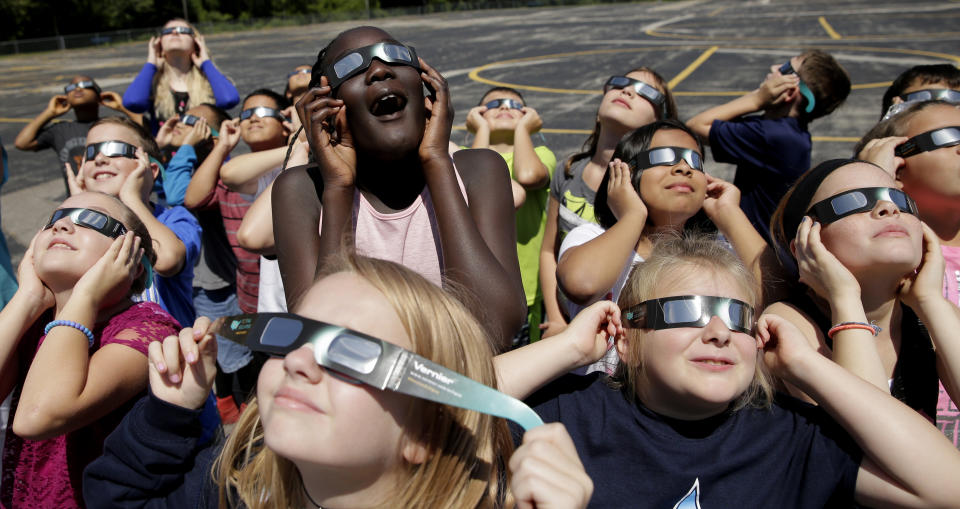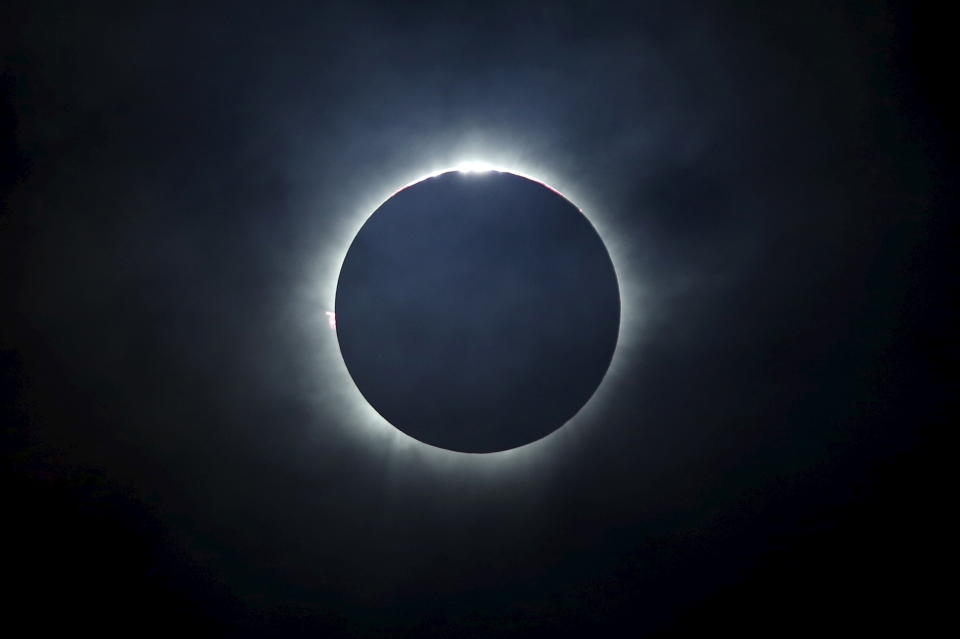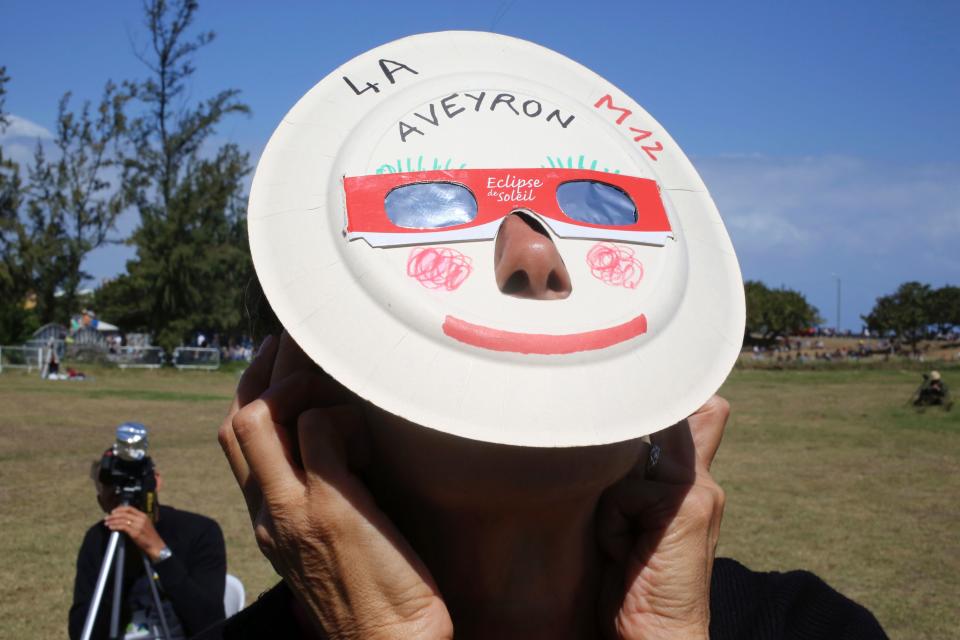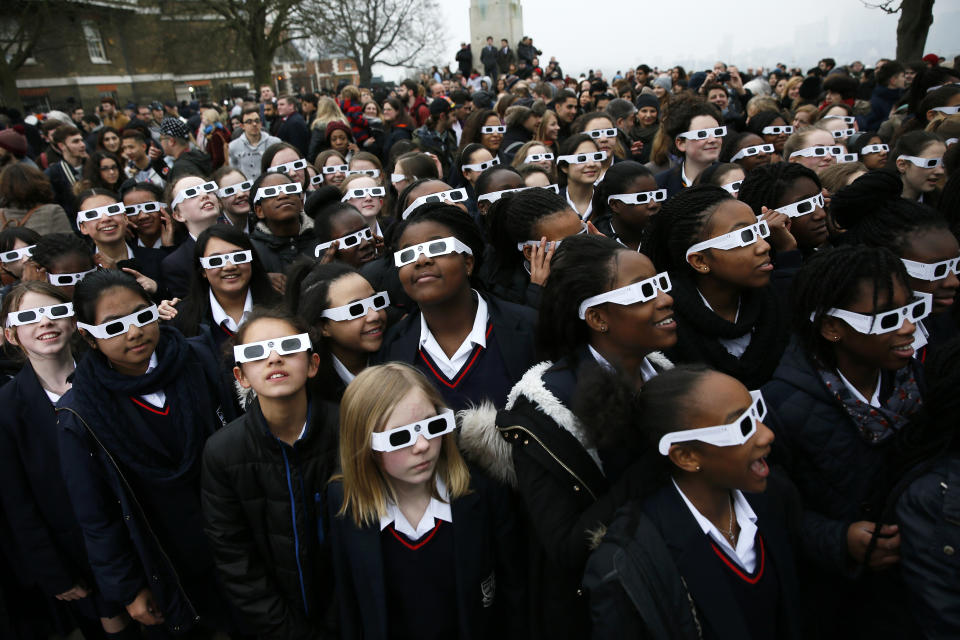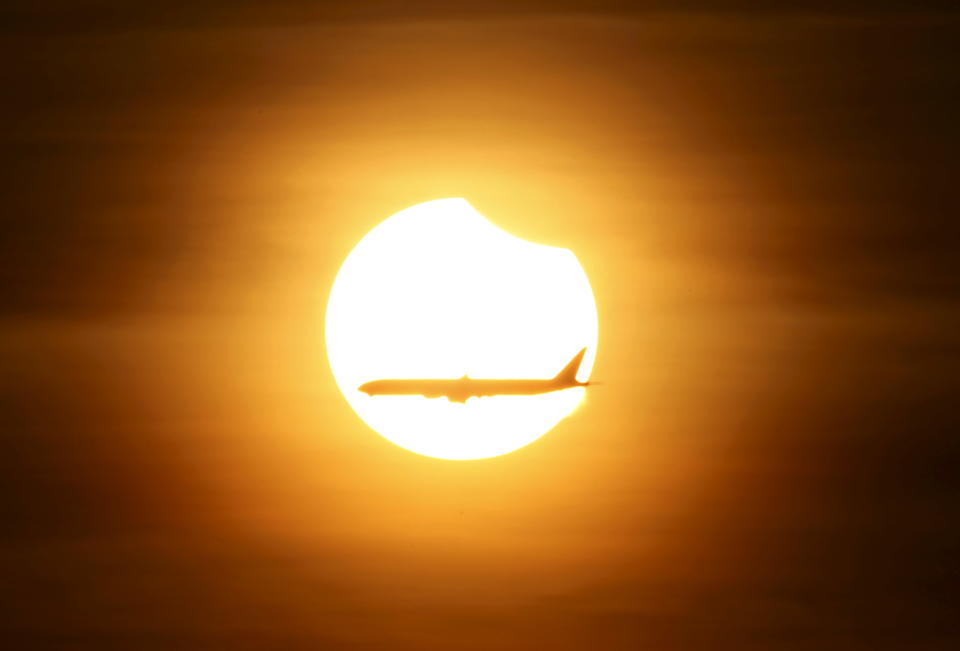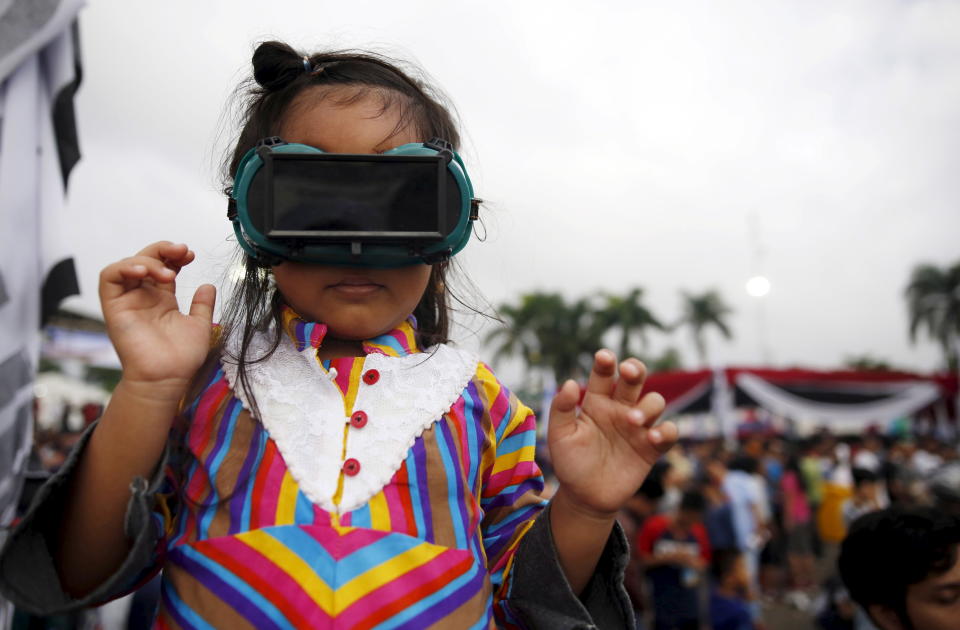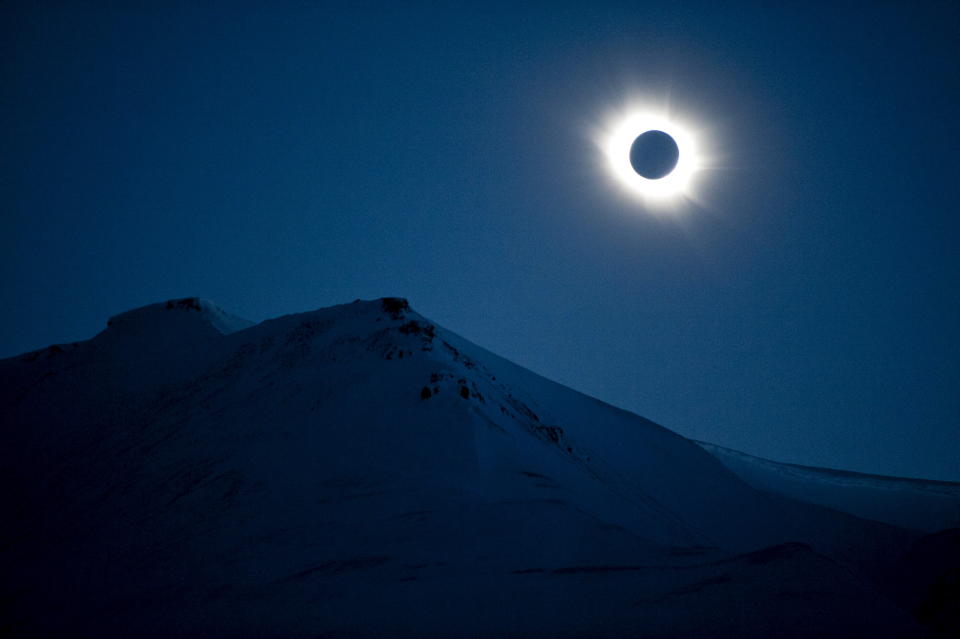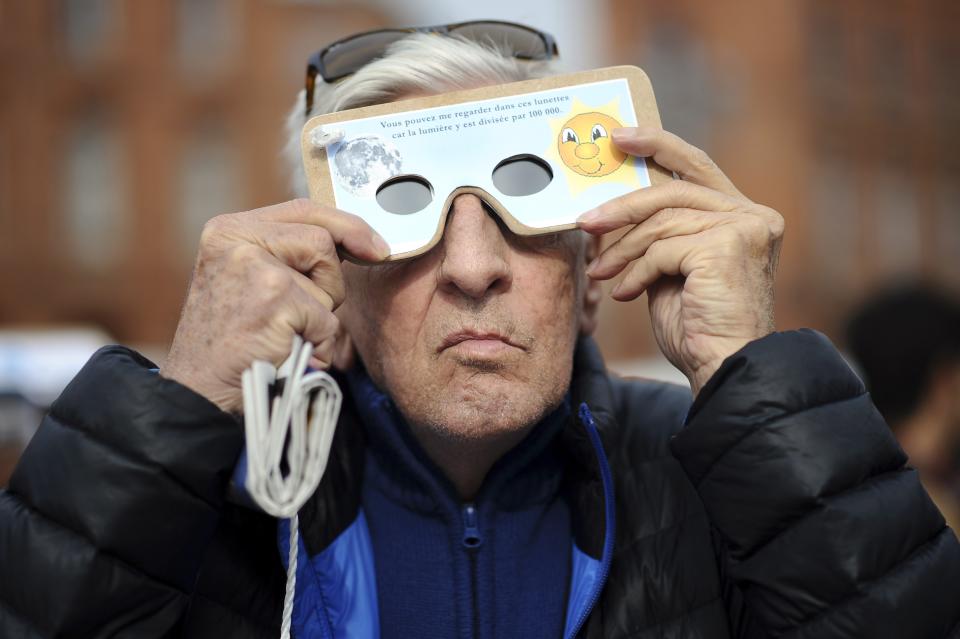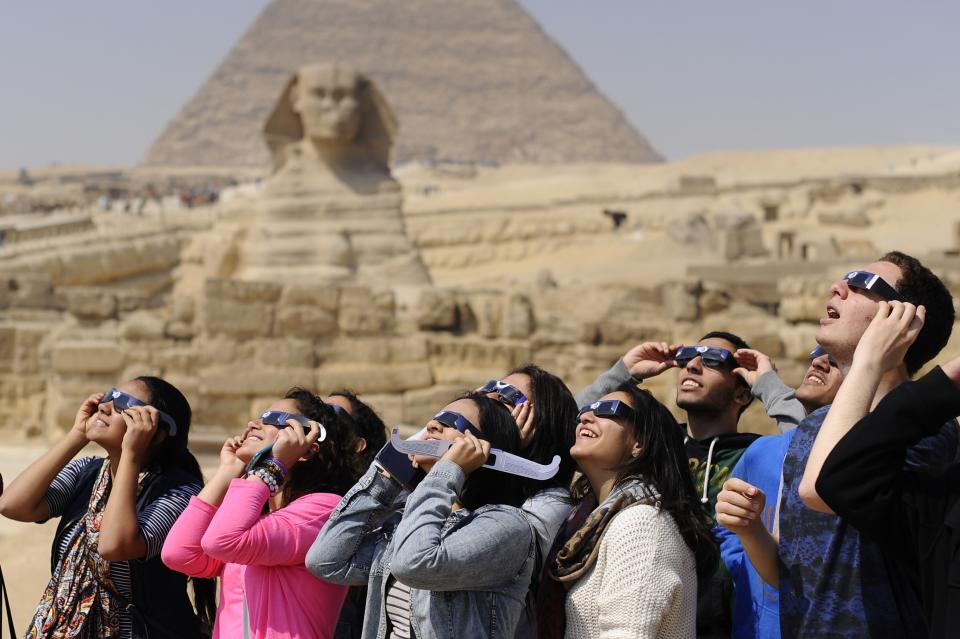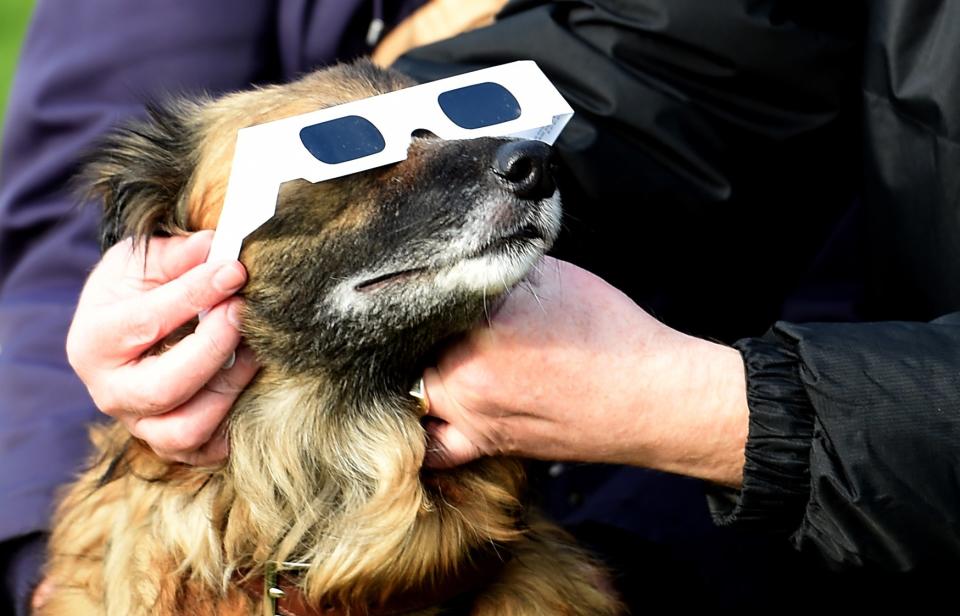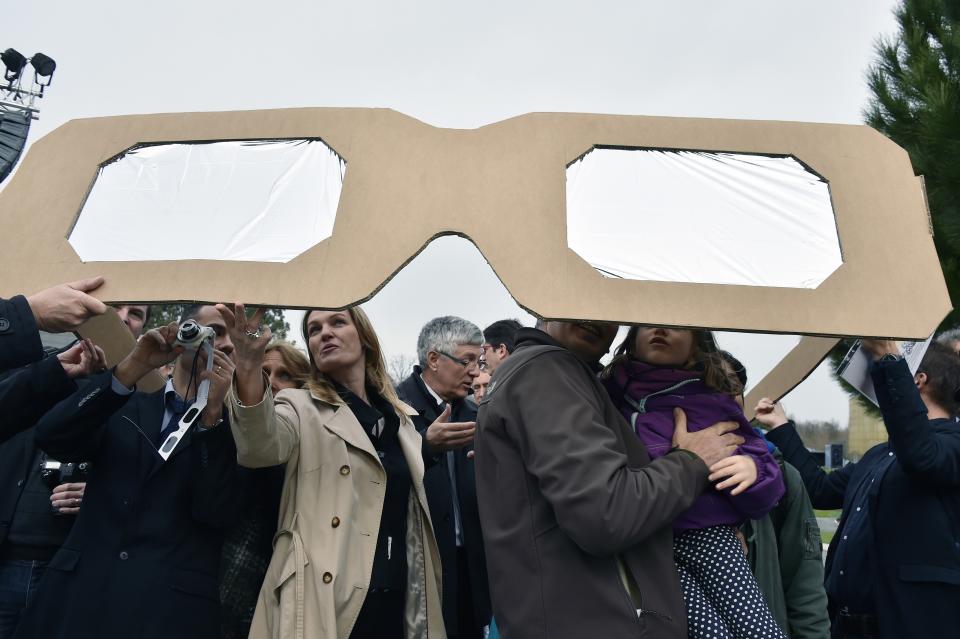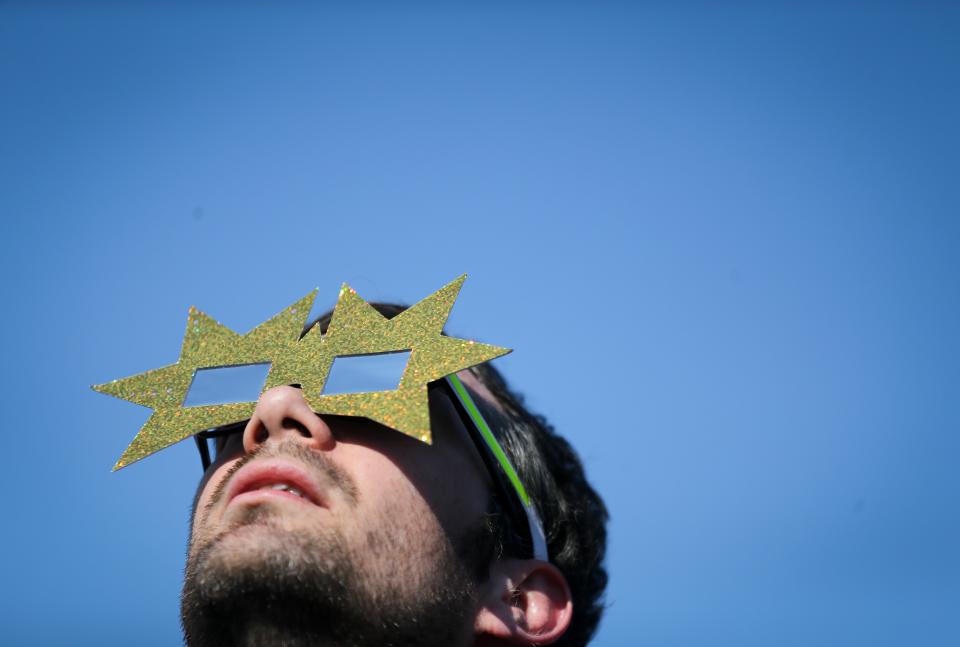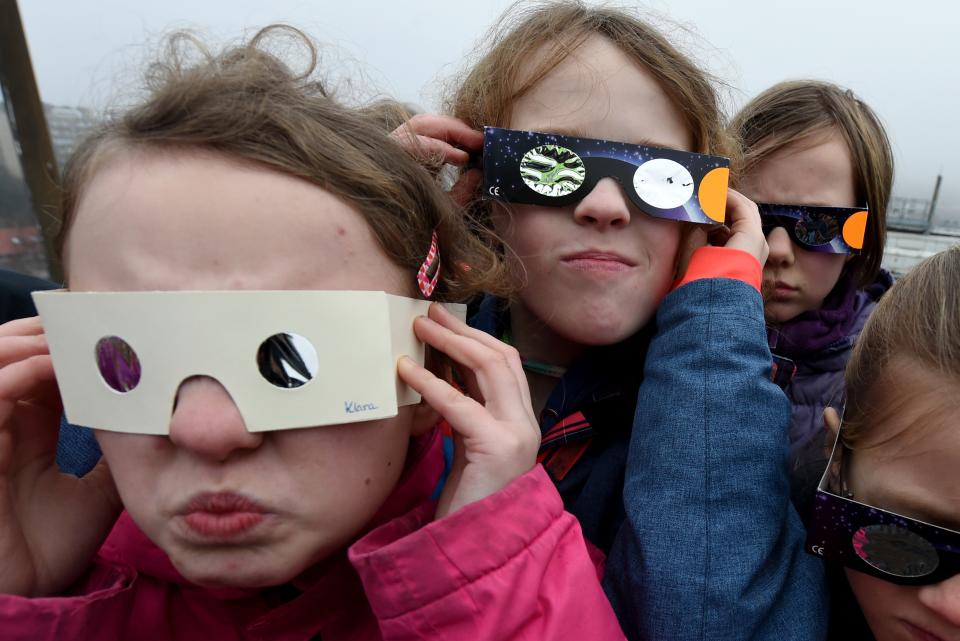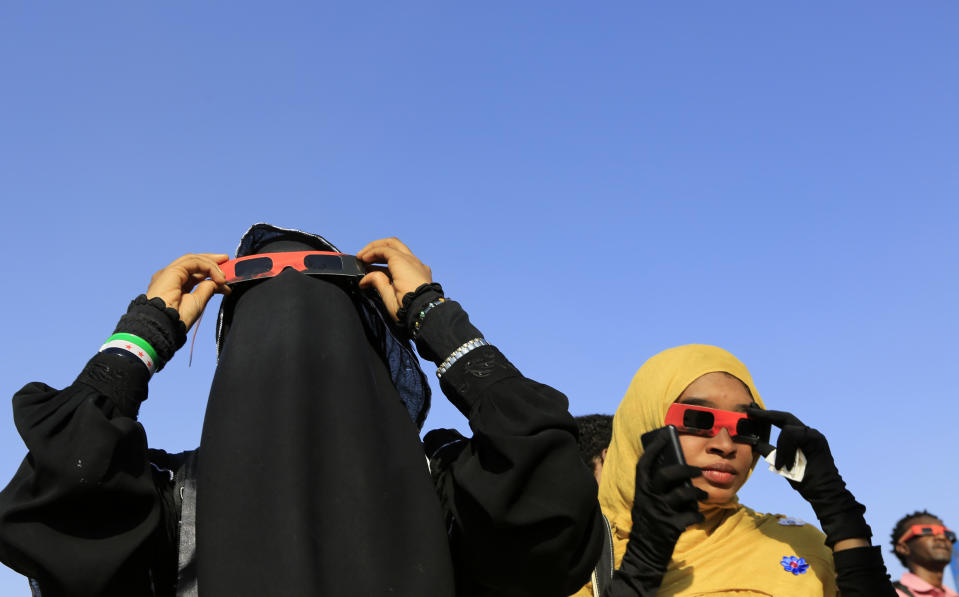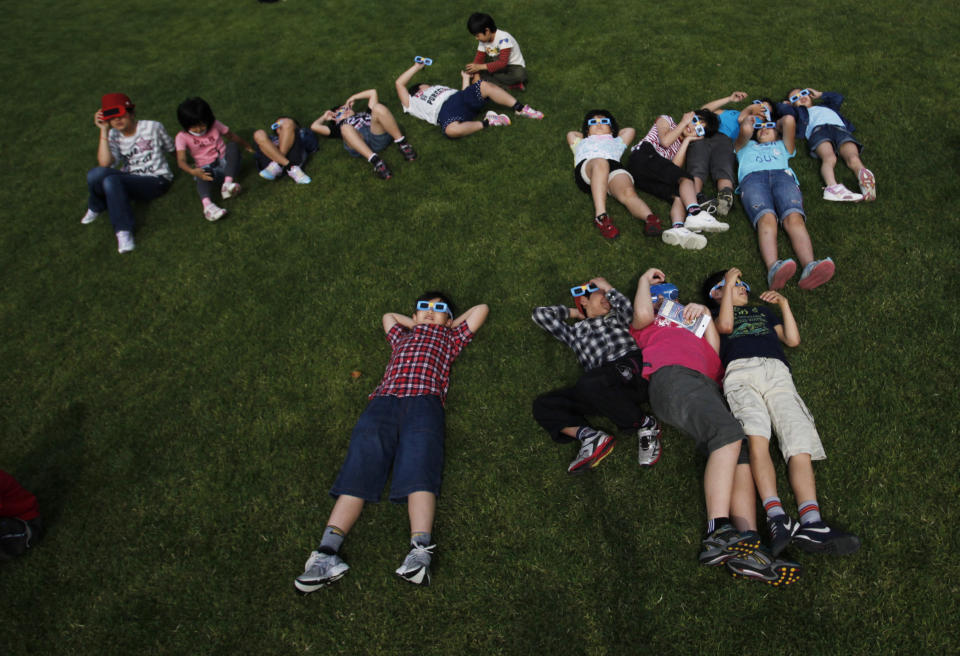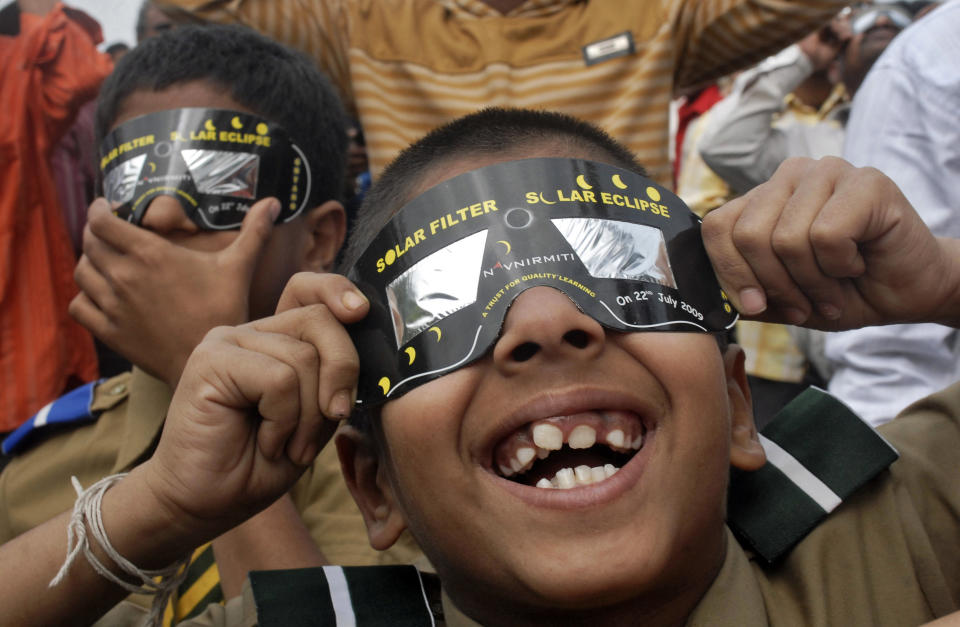Viewing past solar eclipses
Monday, Aug. 21, a solar eclipse is set to dazzle viewers across the United States. The moon’s path will cross with the sun’s, casting a shadow on Earth.
All of the U.S. will be treated to at least a partial eclipse, but viewers in the aptly named “path of totality,” a 60- to 70-mile-wide strip of land cutting across the country, will experience a total eclipse, resulting in two minutes of darkness in the middle of the day. The eclipse will enter Oregon at 10:15 a.m. PT and exit South Carolina at 2:50 p.m. ET, touching on 14 states along the way.
This year’s eclipse will be the first one to cross the entire continental U.S. since 1918, and more than just astronomers and scientists have taken notice. Eclipse mania has ensued, spawning its own mini-industry of sorts. Hotels, campgrounds, restaurants and bars within the path of totality are set to cash in on eclipse tourism: The diagonal route puts prime viewing spots within driving distance for much of the country. Watch parties, akin to Super Bowl or election night events, are scheduled throughout the U.S.
Of course, eclipse glasses have become the must-have accessory for amateur astronomers, selling out in stores across the nation. and online. Looking directly at the sun is ill advised, even during the eclipse. It’s safe only for those within the path of totality, and even then only for the few brief minutes when the sun is completely covered by the moon. For everyone else, viewing the partial solar eclipse will require glasses equipped with special-purpose solar filters.
Here’s a look at viewership of past solar eclipses around the world.
See FULL STORY by Gabby Kaufman /Yahoo News

